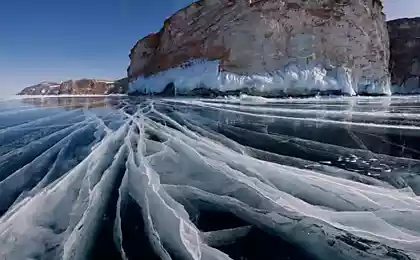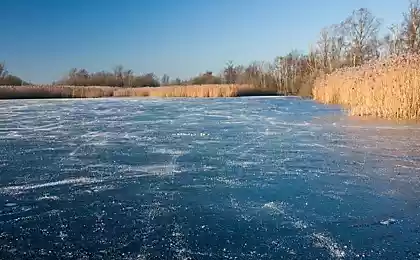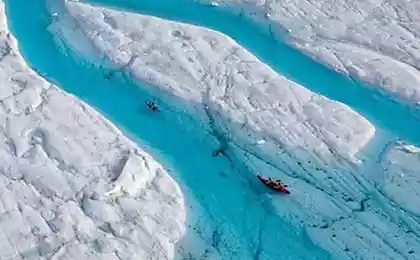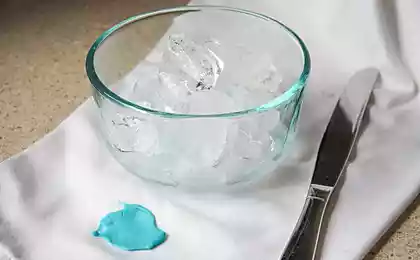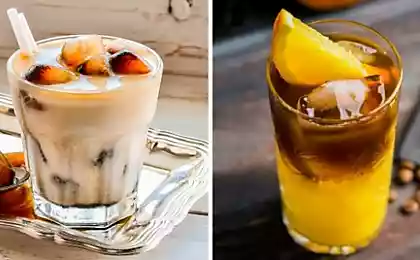418
The ice of Antarctica was hiding thousands of new and unknown forms of life
With the release of the latest issue of the publication Nature amount of living beings on the planet officially increased by nearly 4 000 species. In an article published by a group of American scientists, reported that a kilometer under the Antarctic ice discovered, at least, 3931 species previously unknown to science microorganisms.
A large number of microorganisms and bacteria that feed on stone rocks, was discovered in subglacial freshwater lake. This discovery confirmed the assumption of scientists that living organisms can live in environments with even the most extreme conditions.
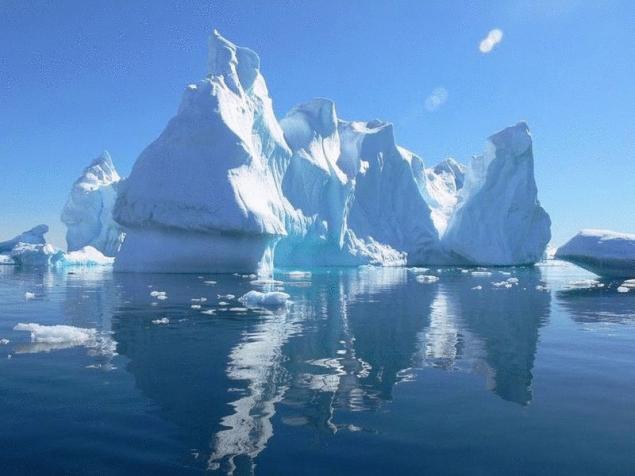
Some experts amid new prospects also do not exclude the possibility of the existence of such kinds of the simplest organisms on other planets.
This scientific work confirms the validity of research conducted 20 years ago. Then microbes were detected in water samples that were removed from lake Vostok and immediately froze. As you know, lake Vostok is the largest subglacial Antarctic lake.
Study co-author Professor Brent Christner representing the University Louisianna, explains that the very fact of detection of such ecosystems under the ice was a complete surprise for scientists. It was believed that such extreme conditions can not survive not a single microorganism.
In the process of a new research group of Professor Krister were subjected to analysis of several samples obtained from subglacial lake Whillans. It is located in the Western part of Antarctica and is a part of a subglacial drainage system is quite extensive and constantly evolving. It is known that the lake is situated at a distance of 800 meters from the surface in the vicinity of the South pole – just 640 kilometers away.
The investigation almost stalled because of the threat of pollution that could put under question the fact of detection of any organisms on the drilling site. For six years, scientists were able to create a special technology for the safe extraction of samples and the unique equipment that some months were transported to the place of a fence.
Professor Krister notes that they have managed to detect 3931 microbial species, and this is not the limit. It was found that most of the detected microorganisms as food using inorganic compounds, which also act as a source of energy.
And biologists think that water couldn't seep through the kilometer-thick ice, and came directly from geothermal sources from the day on the lake. As an additional influx of water scientists call the melting of ice.
The fact that life without solar energy remained in such conditions for at least the past 120 000 years, allows scientists to position discovered ecosystem as the largest unexplored ecosystem on our planet, as the Antarctic is 9% of the Earth's surface.
Source: zeleneet.com
A large number of microorganisms and bacteria that feed on stone rocks, was discovered in subglacial freshwater lake. This discovery confirmed the assumption of scientists that living organisms can live in environments with even the most extreme conditions.

Some experts amid new prospects also do not exclude the possibility of the existence of such kinds of the simplest organisms on other planets.
This scientific work confirms the validity of research conducted 20 years ago. Then microbes were detected in water samples that were removed from lake Vostok and immediately froze. As you know, lake Vostok is the largest subglacial Antarctic lake.
Study co-author Professor Brent Christner representing the University Louisianna, explains that the very fact of detection of such ecosystems under the ice was a complete surprise for scientists. It was believed that such extreme conditions can not survive not a single microorganism.
In the process of a new research group of Professor Krister were subjected to analysis of several samples obtained from subglacial lake Whillans. It is located in the Western part of Antarctica and is a part of a subglacial drainage system is quite extensive and constantly evolving. It is known that the lake is situated at a distance of 800 meters from the surface in the vicinity of the South pole – just 640 kilometers away.
The investigation almost stalled because of the threat of pollution that could put under question the fact of detection of any organisms on the drilling site. For six years, scientists were able to create a special technology for the safe extraction of samples and the unique equipment that some months were transported to the place of a fence.
Professor Krister notes that they have managed to detect 3931 microbial species, and this is not the limit. It was found that most of the detected microorganisms as food using inorganic compounds, which also act as a source of energy.
And biologists think that water couldn't seep through the kilometer-thick ice, and came directly from geothermal sources from the day on the lake. As an additional influx of water scientists call the melting of ice.
The fact that life without solar energy remained in such conditions for at least the past 120 000 years, allows scientists to position discovered ecosystem as the largest unexplored ecosystem on our planet, as the Antarctic is 9% of the Earth's surface.
Source: zeleneet.com
Grid for drip irrigation - quickly and conveniently
Farmbox Direct offers the easiest way to produce organic products.
